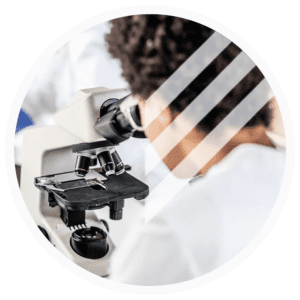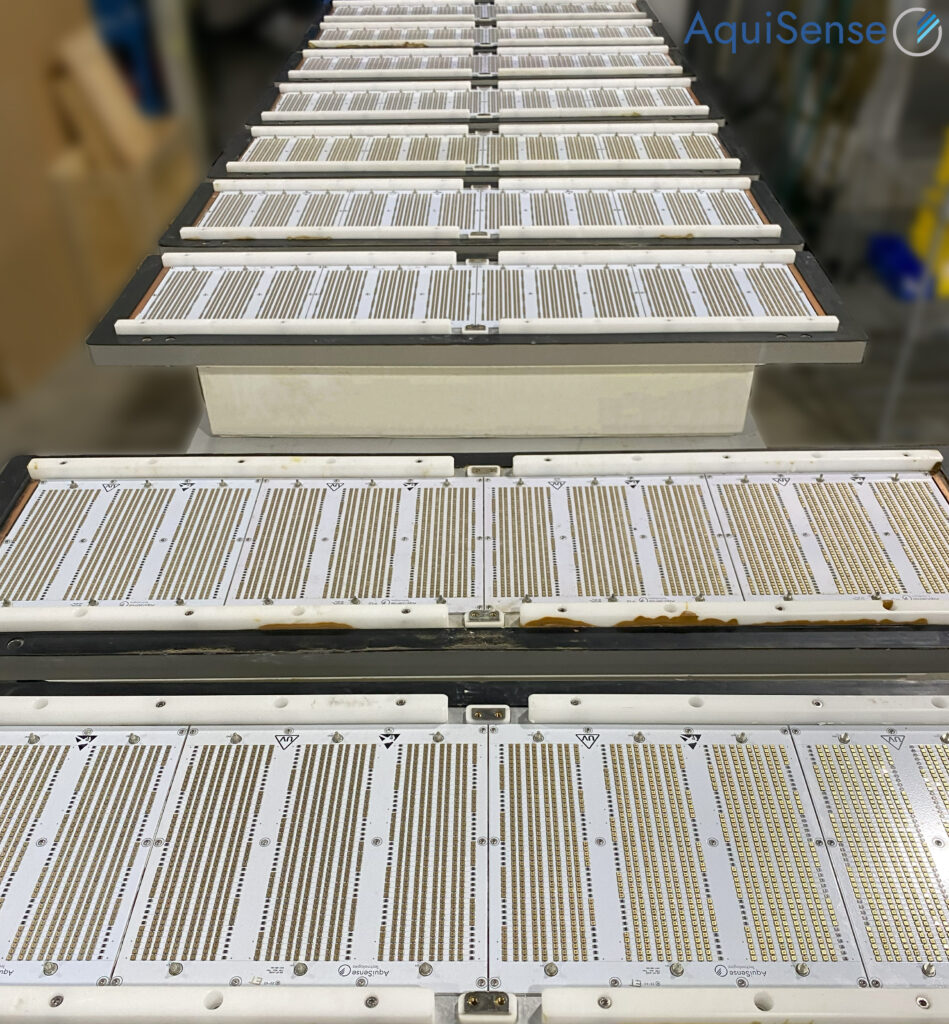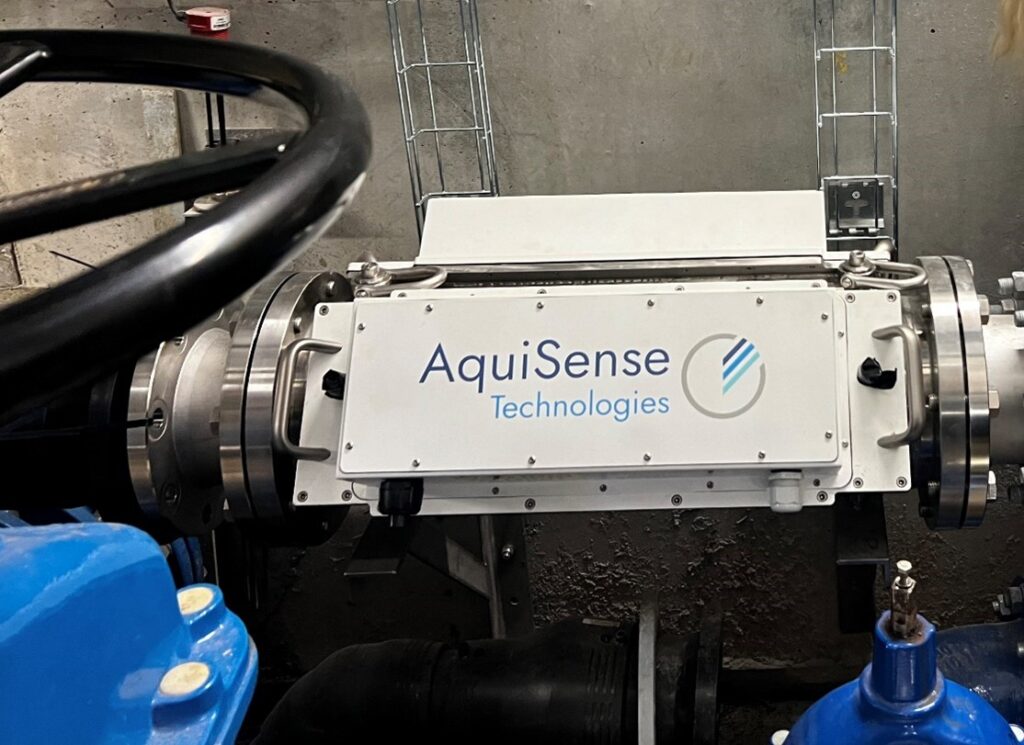AquiSense
Life Sciences
UV LED research tools – Advancing how we study our world
UV light is a key study tool for life sciences as UV light inactivates microorganisms.


UV Research for Life Sciences
UV photons penetrate cells and damage the nucleic acid, rendering them incapable of reproduction, or microbiologically inactive. This process occurs in nature; the sun emits UV rays that perform this way.
UV LEDs in Life Sciences Research
UV represents wavelengths that fall between visible light and x-ray on the electromagnetic spectrum. The UV range can be further divided into UV-A, UV-B, UV-C, and Vacuum-UV. The UV-C portion represents wavelengths from 200 nm – 280 nm, the wavelength used in our LED disinfection products.
Each bacteria, virus or, spore has a unique sensitivity to ultraviolet light. Accurate determination of exposure times and wavelengths is a key step in characterizing cell behavior for any researcher or system designer. Collimating Beam Devices are a critical tool in providing a standardized unit of measurement for UV exposure.


PearlLab™ in Life Sciences Research
- University Labs
- Government Research
- Regulatory Bodies
- Private Labs
- OEMs investigating UV



